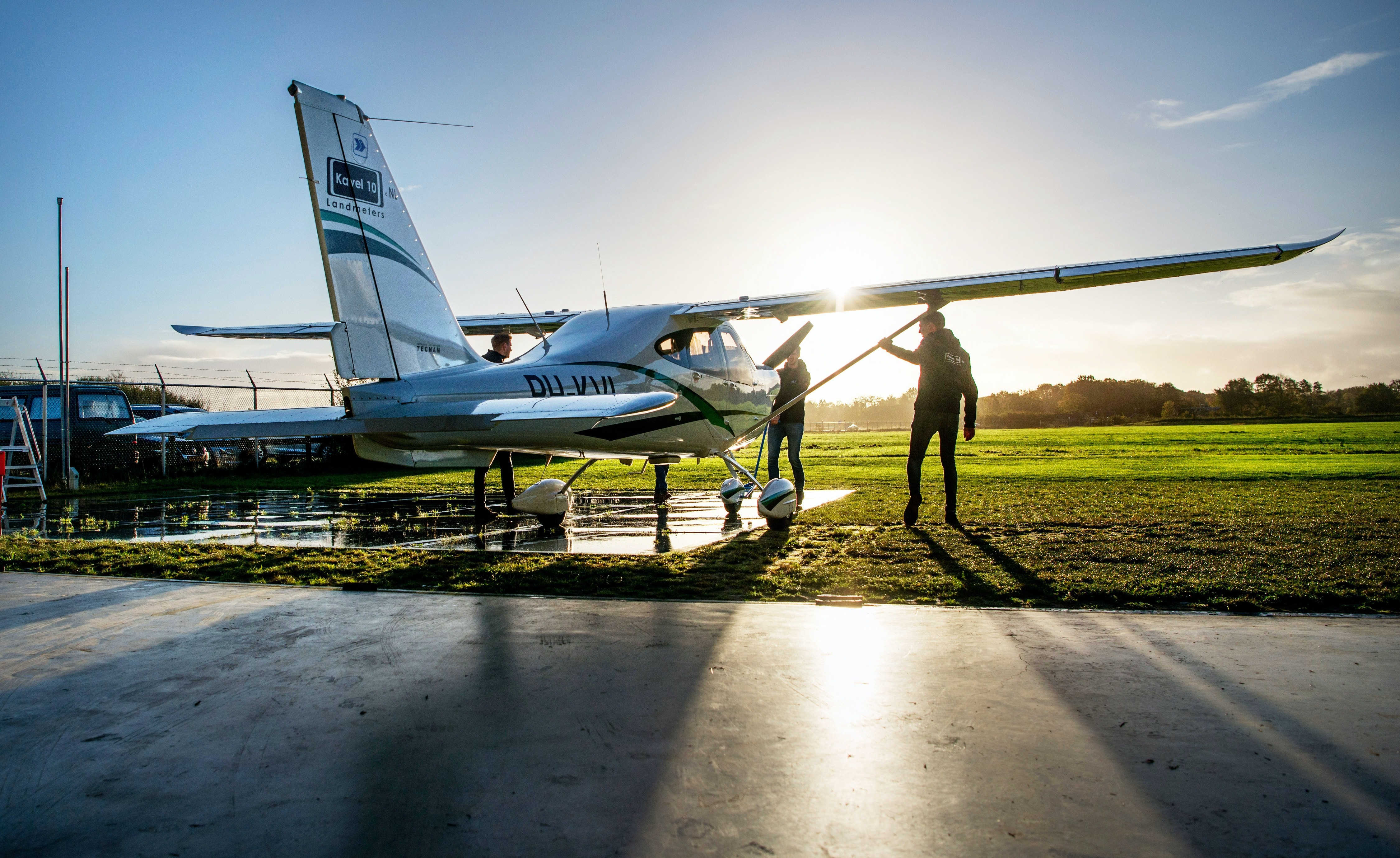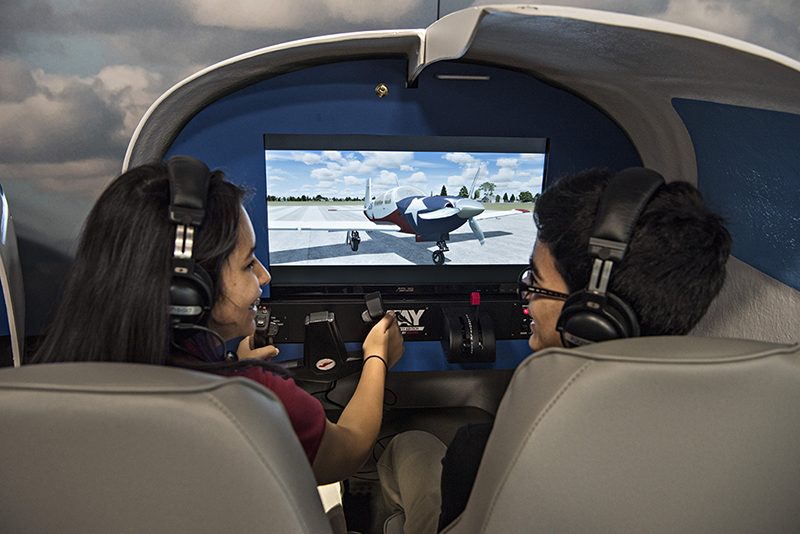The IMSAFE Checklist and the Art of Preflighting the Pilot
Some years ago, over the coast of California, I experienced a mechanical issue that forced me to perform an emergency landing. A month later, a flight instructor and student pilot perished after encountering a loss of engine power during takeoff in the same aircraft. Both our flights shared a common element: a magneto that performed poorly during the preflight run-up.
Preflight tasks are a dreary part of aviation. They are what you need to do to get to what you want to do. However, if you cut corners during a preflight, bad things can happen.
There are three critical elements to consider during the preflight:
- The aircraft
- The pilot
- The conditions
Finding guidance on the specific elements to focus on during the preflight preparation for your particular aircraft is not difficult. On the other hand, preflighting the pilot (you) can be much trickier.
The Value of the IMSAFE Checklist
The acronym IMSAFE was developed to facilitate a self-analysis of pilot performance before any given flight. It considers five factors: illness, medication, stress, alcohol, fatigue, and emotion.
Some of these elements are straightforward.
Alcohol
Alcohol consumption has clear-cut regulations. Per 14 CFR 91.17, no person may act or attempt to act as a crew member of a civil aircraft–
- Within eight hours after the consumption of any alcoholic beverage (you may know this colloquially as the eight-hour bottle to throttle rule);
- While under the influence of alcohol;
- While using any drug that affects the person's faculties in any way contrary to safety; or
- While having an alcohol concentration of 0.04 or greater in a blood or breath specimen. Alcohol concentration means grams of alcohol per deciliter of blood or grams of alcohol per 210 liters of breath.
Remember, for each drink you consume, your body needs around one and a half hours to eliminate the alcohol and return to the approved blood alcohol content of 0.04 or less. If you are suspicious at all that you might be about to fly while under the influence of drugs or alcohol, just don’t do it. It’s that simple.
Medication
The rules for prescription and over-the-counter medication are relatively simple to follow as well. If you are using them, check the FAA’s published list of approved medications for flight. If your medication is not on the list, you should discuss the situation with an aviation medical examiner (AME). Otherwise, do not fly.
One method to ensure that the effects of your medication dosage periods have passed is multiplying the dosing interval by five. For example, for an antihistamine that you take every 12 hours, you must wait 60 hours before piloting an aircraft.
In addition to abiding by FAA regulations, many pilots adopt their own policies on drug and alcohol consumption. For instance, as an added layer of protection, pilots may decide to wait at least 24 hours after drinking alcohol to take the controls of an aircraft.
Illness
Illness is a little more challenging to evaluate. Even common symptoms like congestion can become burdensome in flight, where pressure differentials can be difficult to clear in the inner ear, resulting in a great deal of pain.
We all experience minor health issues in day-to-day life. Still, if you are experiencing symptoms that meaningfully interfere with your ability to function, don’t fly.
The last three elements of IMSAFE are even more opaque: stress, fatigue, and emotion.
Stress and Emotion
Since they rely on subjective sensations, stress and emotion can be difficult to assess. However, some basic indicators should help you understand if you are subject to above-average psychological stress at a given time.
If you are dealing with major life events (death, job issues, etc.), you likely will not possess the surplus of focus needed to be the pilot in command of an aircraft. Even positive events like starting a new job, getting married, or having a baby can be stressful and emotionally draining.
Though similar, emotion and stress have a dividing line. You can be generally stress-free and still experience an overly strong desire to fly. Perhaps you plan to take someone up whom you want to impress, or you need to arrive somewhere at a specific time.
Either way, the emotional desire to conduct the flight can hinder good decision-making. Most pilots are mission-oriented. When we plan to do something, we loathe to give up on it. It feels like failure.
One of the most difficult issues a pilot faces is reorienting what “success” means. A go-around is the successful completion of an unsuccessful approach. Likewise, if you (the pilot) are not fit to fly, it is not a failure. The failure comes only if you decide to fly anyway.
Failures are only meaningful when you magnify them through poor decision-making.
Fatigue
Based on the accident record, the final component of the IMSAFE model is among the most critical. Fatigue has been a contributing factor in some of the most devastating accidents in aviation history. For airline transport pilots, multiple accidents in which fatigue was a factor eventually resulted in a complex matrix that dictates when they can and cannot fly.
Increasingly, an airline pilot’s duty day is limited by various factors, such as when the day begins and how many legs are scheduled. Humans get their most restorative sleep between 0200 and 0600, so an early flight is the most restrictive element of a duty day (limited to nine hours for an airline pilot).
Each leg flown involves stressors as well. Generally, every three legs reduce an airline pilot’s duty day by one hour. Though these Part 117 rules do not restrict general aviation flying, they are a profound resource for GA pilots as well.
The rest rules also enforce a “sleep opportunity” of eight hours, another important component of fatigue. Sleep deficit (not obtaining approximately eight hours of sleep per night) significantly reduces performance. Sleep deficit is cumulative and can only be remedied by restorative sleep, which can be hard to come by for pilots regularly crisscrossing time zones.
If you only obtain five hours of sleep for three consecutive nights, you generate nine hours of deficit. From a fatigue standpoint, the only way to restore that deficit is to sleep an additional nine hours above the normal daily requirement of eight hours. This takes several days to accomplish.
The insidious thing about fatigue is that it is not always obvious. Feelings of fatigue often manifest themselves during periods of low workload (such as during cruise flight). During preflight preparation, there is enough activity to potentially obscure feelings of sleepiness.
The primary way to avoid flying while fatigued is to ensure you get enough sleep before a flight. Sleep monitors on smartwatches are an excellent resource to track your sleep history.
Overall, the IMSAFE method is every bit as important to the safety of a flight as any other aircraft checklist. When used properly, it ensures that the most important piece of equipment on the aircraft is fit for flight. It's not a bad idea to write this down at the very top of your preflight checklist: If you are not ready to fly, neither is the airplane.
Share this
You May Also Like
These Related Articles

Preflight Planning: 11 Items You Might be Missing

How To Teach Preflight Checks
